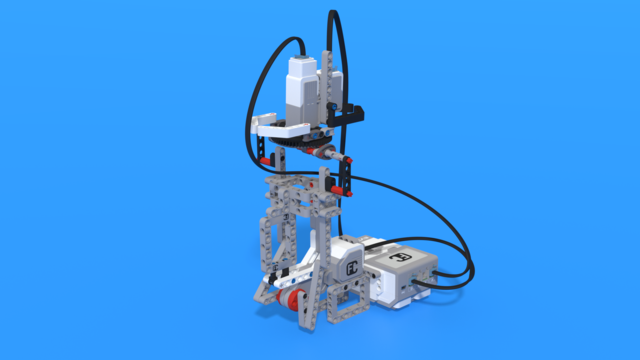
MiniBox - LEGO Education SPIKE Prime box robot
The MiniBox box robot features a unique design with three perpendicularly rotating gearwheels, which simplifies the attachment design process. This setup allows teams to easily create and connect attachments on multiple sides, making it quick to adjust the robot for various tasks.
Its structure includes walls with a maximum attachable surface area, offering flexibility in attachment placement. This extensive surface allows for secure connections, so teams can experiment with different attachment configurations.
The MiniBox’s compact size is best suited for smaller, lightweight attachments. When working with larger attachments, its balance and stability can be affected, limiting its effectiveness in tasks that require more substantial setups.
- #1868
- 19 Sep 2024


















